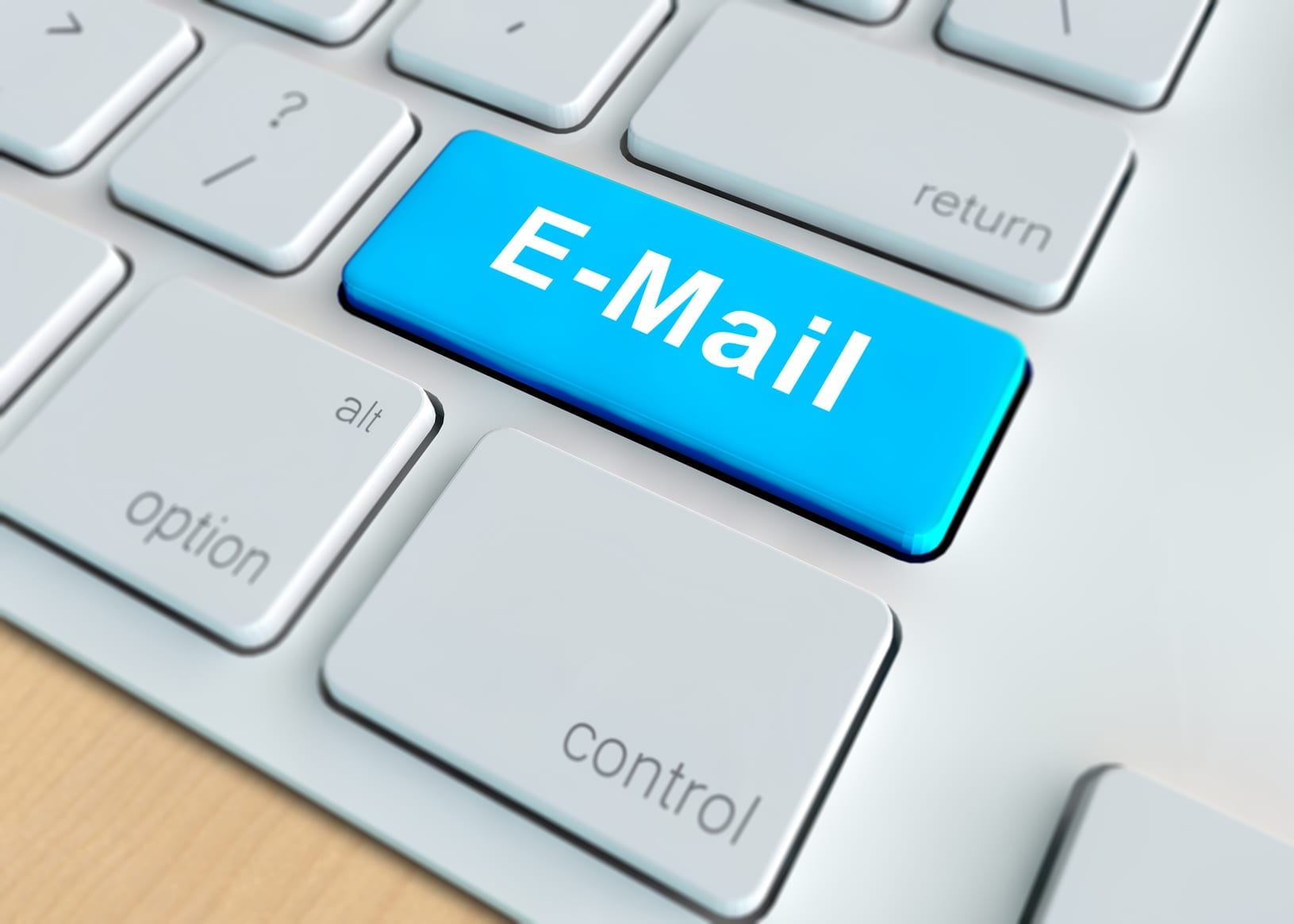Say no to noreply In Your Customer Emails
Some businesses can be forgiven for using email addresses that do not reach a person in their email communications with customers, but these are few and far between and usually have a very good reason.
For example, banks are actually protecting you from yourself when they don't let you reply to emails they send. Email is pretty insecure and you really wouldn’t want to be sending confidential information via email to your bank (and it would probably be against a huge number of regulations for banks to actually accept such emails) so they get a free pass when it comes to using 'noreply' email addresses.
But for most businesses this is a big barrier, both actual and perceived, to customer interaction. You should encourage any and all contact from your customers as this is the best way for you to learn what people want from your business.
Top Three Replies to Marketing Emails
The top three reasons customers (or email recipients) will reply to your marketing emails will probably be:
- Requests for removal. You may have a very clear unsubscribe link at the bottom of the email but you should always honour (and welcome!) these replies.
- Thanks! If you’re getting things right and targeting your emails correctly (and including information that’s of interest to the recipient) you may be missing out on a lot of ‘Thanks for the email’ messages by using a ‘noreply’ address.
- More info please! Although these may be in the minority you’re probably also missing out on emails from busy individuals who hit reply and simply ask for more information on the offer or product you’re promoting.
By sending these emails into a ‘noreply’ black hole you’re missing out on not only improving future campaigns (by removing people who don’t want to know about your product or service) but more importantly you may be missing out on positive feedback and sales leads!
Send from a Real Person!
You’ll get the best response to email campaigns by sending from a real person. This is not based on fancy research but from my own experience with response and open rates from campaigns I’ve managed for clients.
Don’t hide behind “Business Name Newsletter” as the email ‘from’ name. It’s you sending the email so use your own name (or “Your Name at Your Business Name”) as the sender/from name for your campaign and use a named email address. It doesn’t have to be your everyday email address but something that resembles an individual’s email address at your business.
This has the effect of giving your campaign a face; the recipient isn’t receiving an email from a business pushing a product or service anymore. Instead they’re receiving a personal recommendation from a company representative with whom they can engage with to discuss their requirements without jumping through contact forms or website product pages.
So ditch those ‘noreply’ email addresses. You’ll be glad you did!

